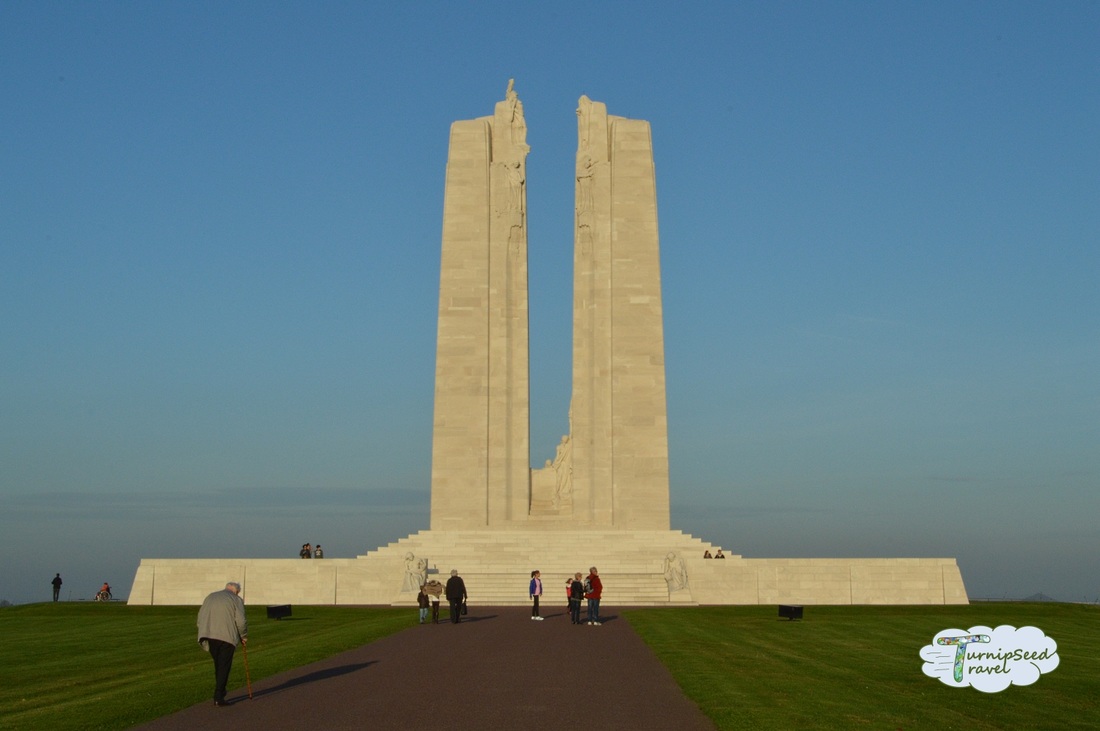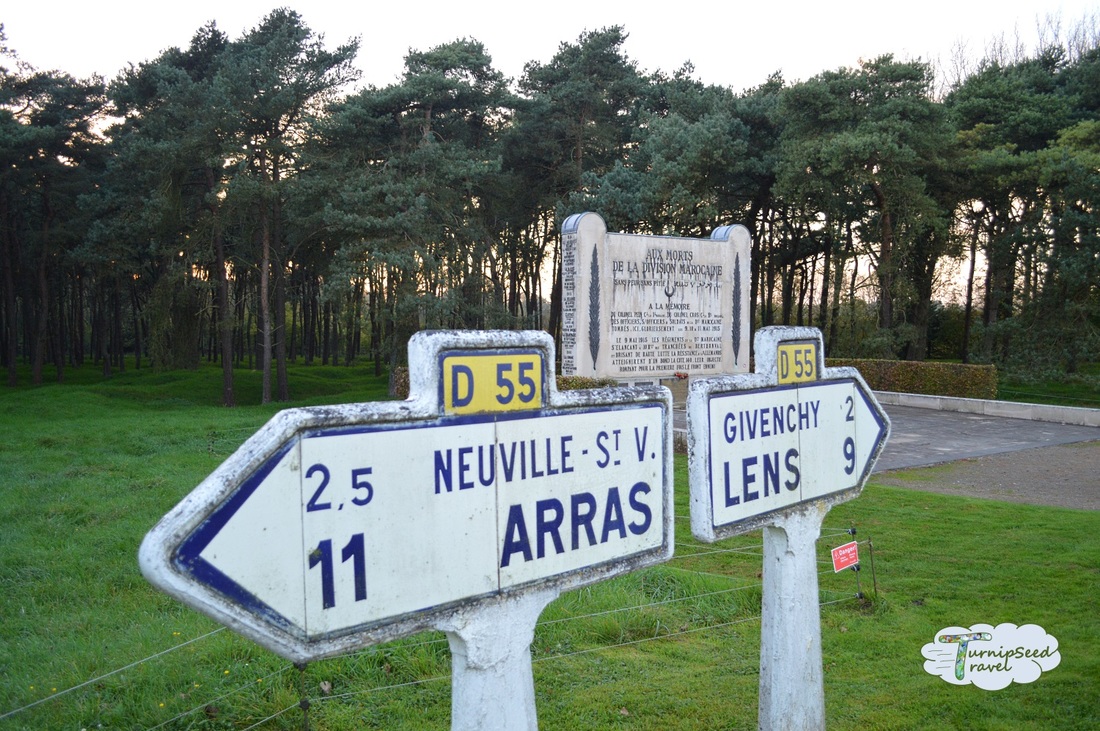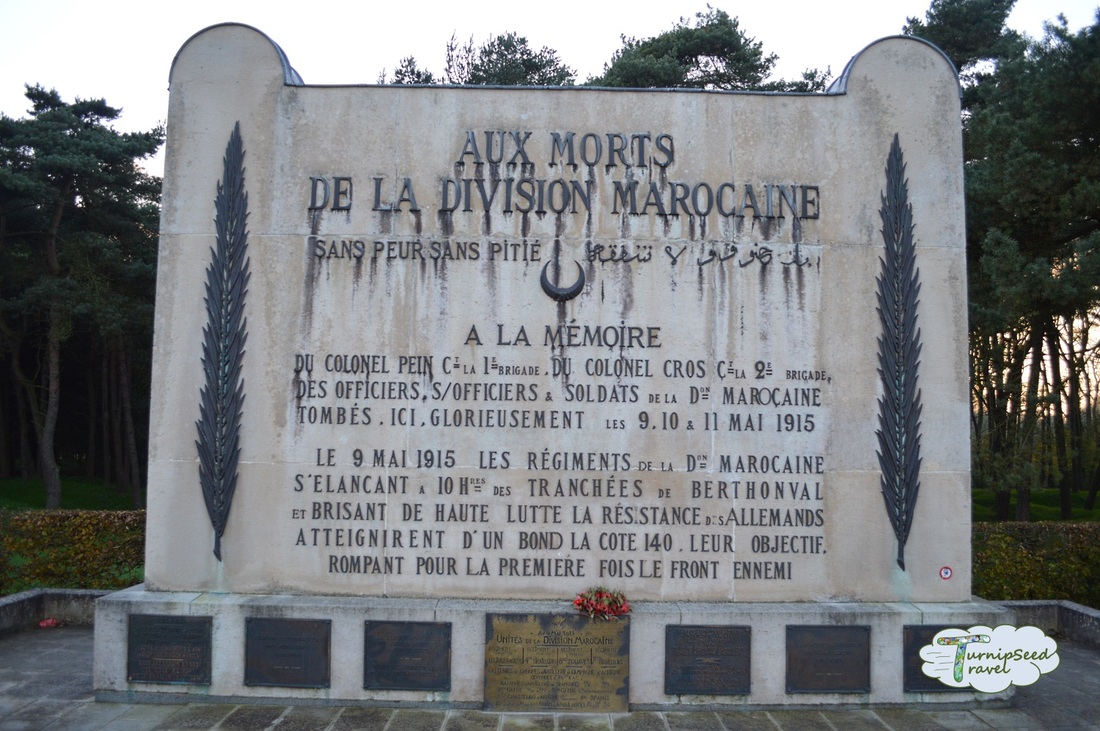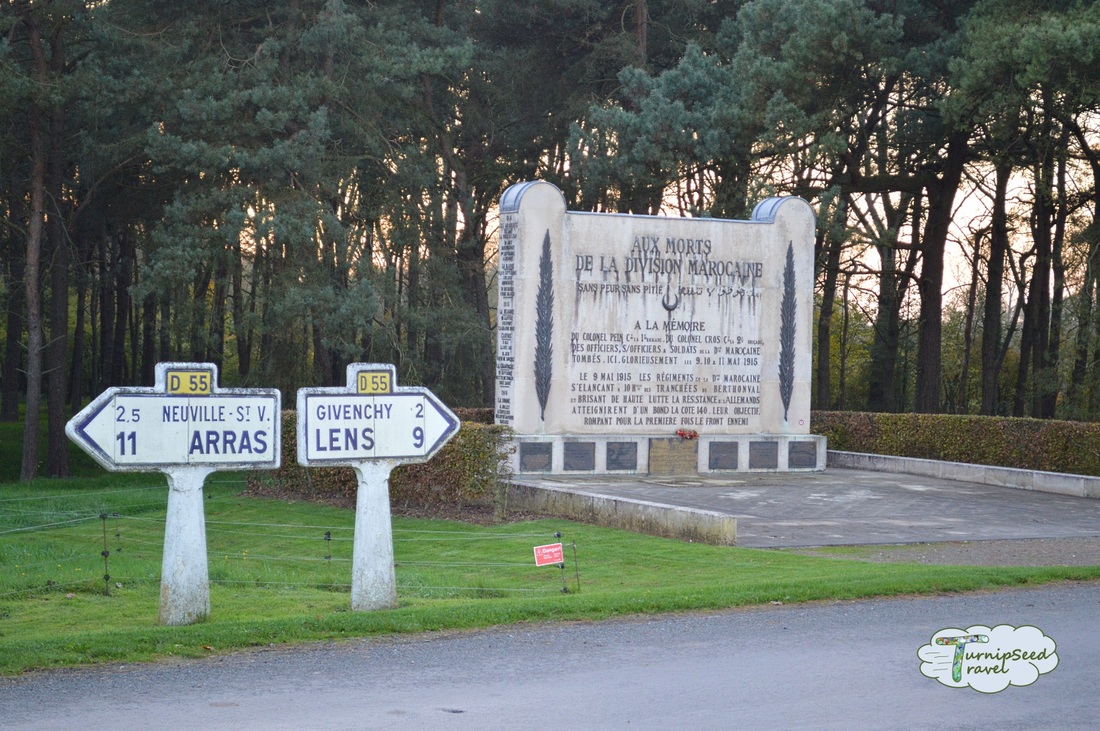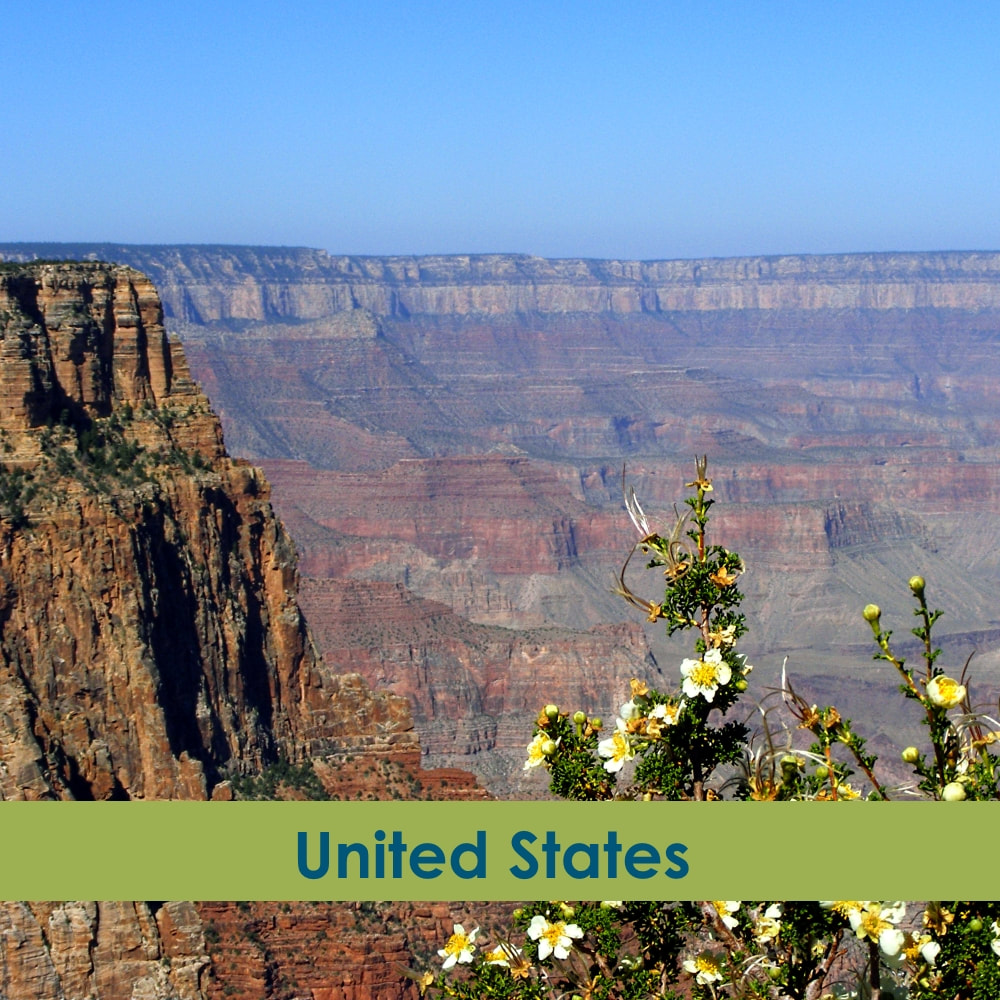Did you know that more than one WWI battle took place at Vimy Ridge. This famous Canadian war memorial has a secret hidden history. In Lucy Maud Montgomery's final book in the "Anne" series, "Rilla of Ingleside", she describes the battle of Vimy Ridge in breathless, agonizing tones: The moon sank lower into a black cloud in the west, the Glen went out in an eclipse of sudden shadow—and thousands of miles away the Canadian boys in khaki—the living and the dead—were in possession of Vimy Ridge. Vimy Ridge is a name written in crimson and gold on the Canadian annals of the Great War. "The British couldn't take it and the French couldn't take it," said a German prisoner to his captors, "but you Canadians are such fools that you don't know when a place can't be taken!" So the "fools" took it—and paid the price. "Rilla of Ingleside" is a historian's dream. The only piece of fiction written by a Canadian woman about her contemporaries during World War I, "Rilla" captures domestic life during a time of war in rich, painstaking detail. But Montgomery got one detail wrong. Vimy Ridge HAD been captured before. And you won't believe by who. Vimy Ridge is indeed a name written in crimson and gold on the Canadian annals of the Great War and there is not a single Canadian school child who has not been taught about the battle of April 1917. Today, the hill is capped by a magnificent memorial to the thousands of Canadians killed and injured during the battle to capture Vimy, the most strategic point of the Western Front. But a much smaller, untended, unseen memorial sits just a few meters away from the Vimy Ridge parking lot. If you’re reading this post on the date of publication, May 9, 2015, it has been 100 years since the French 1st Moroccan Division first captured Vimy Ridge's Hill 145 for the Allied Forces – and they did so at a devastating cost that would come to define future battles. Reports of the battle are scarce to come by but it appears that the Moroccans were in control of Vimy Ridge for approximately one day and advanced an incredible 4,000 meters against the German line in just 2 hours. But eventually the point came when they could no longer hold on without delivery of the promised reinforcements. The hard won hill again fell back into German control. The memorial to the fallen members of the Moroccan Division sits in a neglected state, a woeful contrast to the gleaming white and impeccably manicured Canadian memorial that soars just a few hundred meters away. It’s in need of serious restoration – or at the very least, a power scrub. And it comes as little surprise that the majority of the park’s visitors walk by it without giving the memorial a second glance. But glance they should. For it was the successes and failures of the Moroccans and so many others that allowed the Canadians to formulate a battle plan so detailed and so innovative that it both won the battle and also helped tip the scales in favour of victory for the Allied Forces. 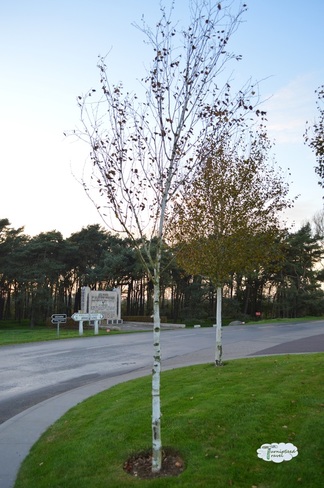 If you’re a proud Canadian or a traveler of any nationality that has a strong interest in history, chances are you will contemplate a visit to Vimy Ridge at some point in your traveling future. And I absolutely think you should! The Canadian memorial is one of the most moving tributes I have ever seen and it is a fine piece of art. And the entire property itself makes for a fascinating experience, from the Commonwealth War Cemeteries, to the underground tours of the tunnels, to the visitors’ centre. But spare a moment for the Moroccan memorial. Canadians owe a tremendous debt to their sacrifices, which ultimately contributed to a successful battle plan. But even more poignantly, it is a testament to how many countries and nationalities sacrificed during World War I – and a sober reminder that no one is immune to the suffering of war. What little known sites have touched you during your travels? If you enjoyed this article, you'll also like: From Casteau to Arras: A Roadtrip to Vimy Ridge A Sentimental Visit to St Symphorien Maple Leaf Memories in Ville-sur-Haine PS: If you want to read more indepth history, I found the following resource about the early history of Vimy Ridge to be invaluable: Boire, Michael (2007). "The Battlefield before the Canadians, 1914–1916". In Hayes, Geoffrey; Iarocci, Andrew; Bechthold, Mike. Vimy Ridge: A Canadian Reassessment. Waterloo: Wilfrid Laurier University Press. pp. 51–61. ISBN 0-88920-508-6.
Vanessa
31/5/2015 03:02:21 am
Thanks - I'd love to hear his feedback! 27/5/2015 12:16:28 pm
I had no idea about this part of Vimy history so thanks. I visited some sites in Normandy a couple of years ago, and they were emotional indeed.
Vanessa
31/5/2015 03:03:45 am
There is so much to explore and discover in the entire region. Comments are closed.
|
�
Recent Posts
Posts by Location
Post Categories
All
Posts by Date
June 2024
|
Disclaimers, Privacy, and Cookie Policy |
Top 100 Travel Influencer
As named by the Obama White House in 2014. |
© COPYRIGHT 2024. ALL RIGHTS RESERVED.
|

